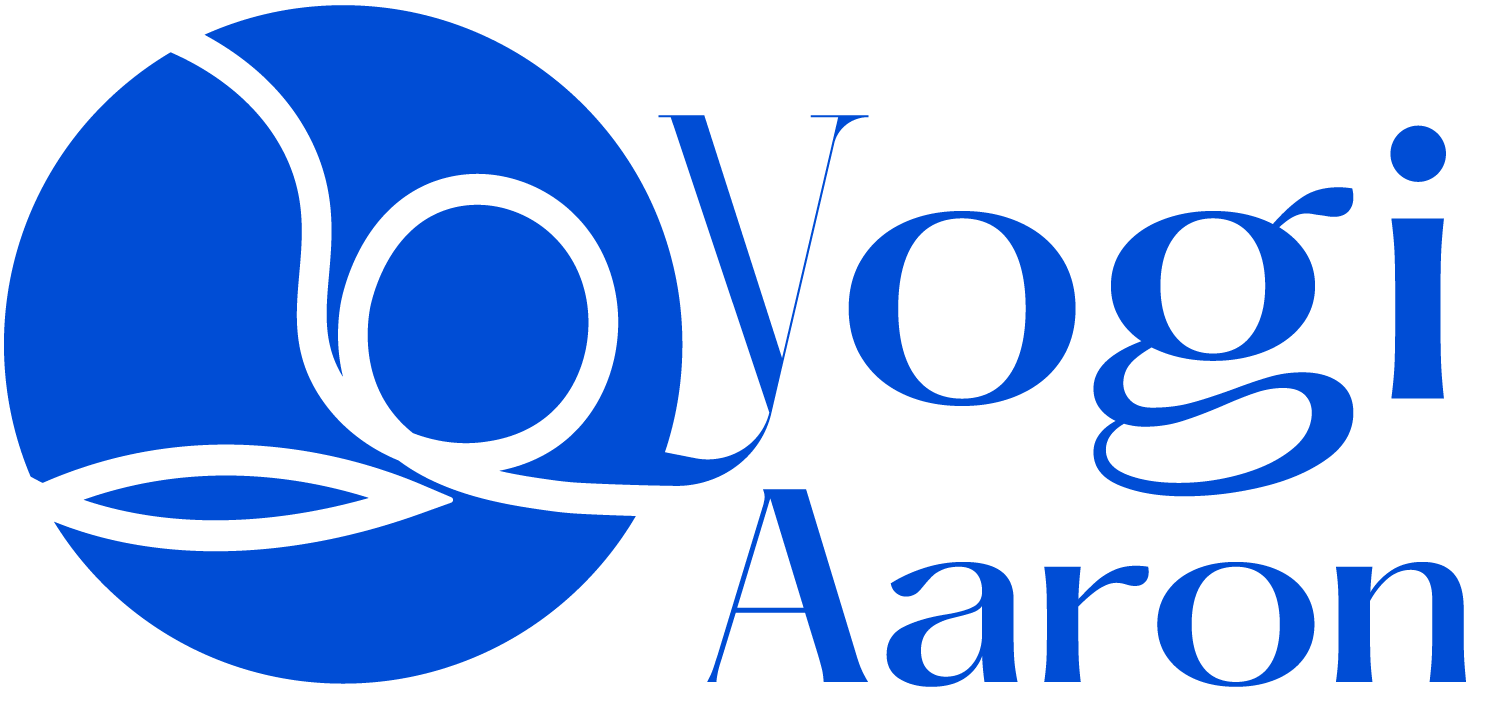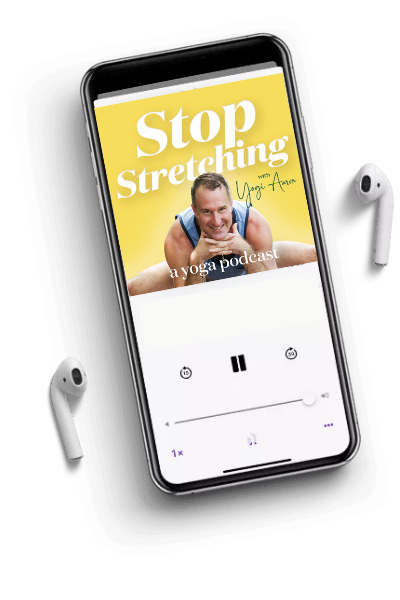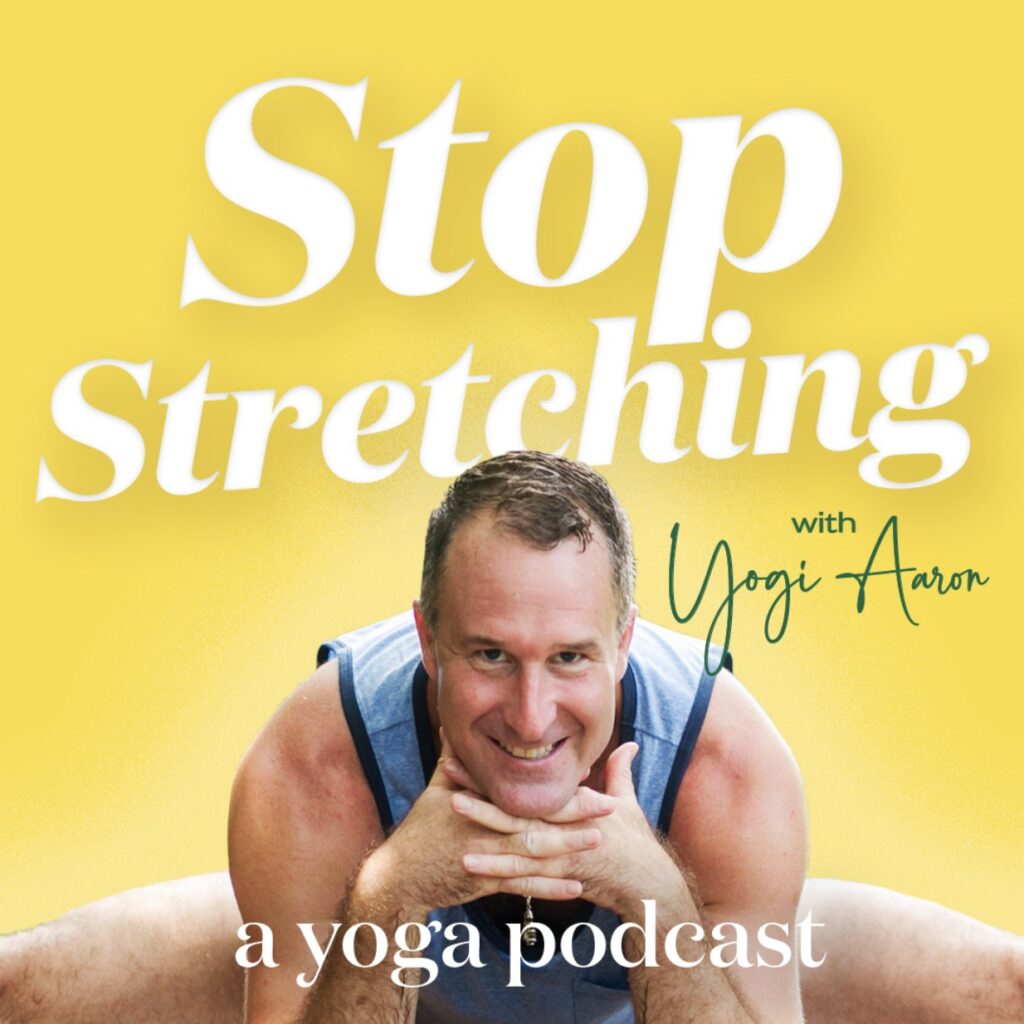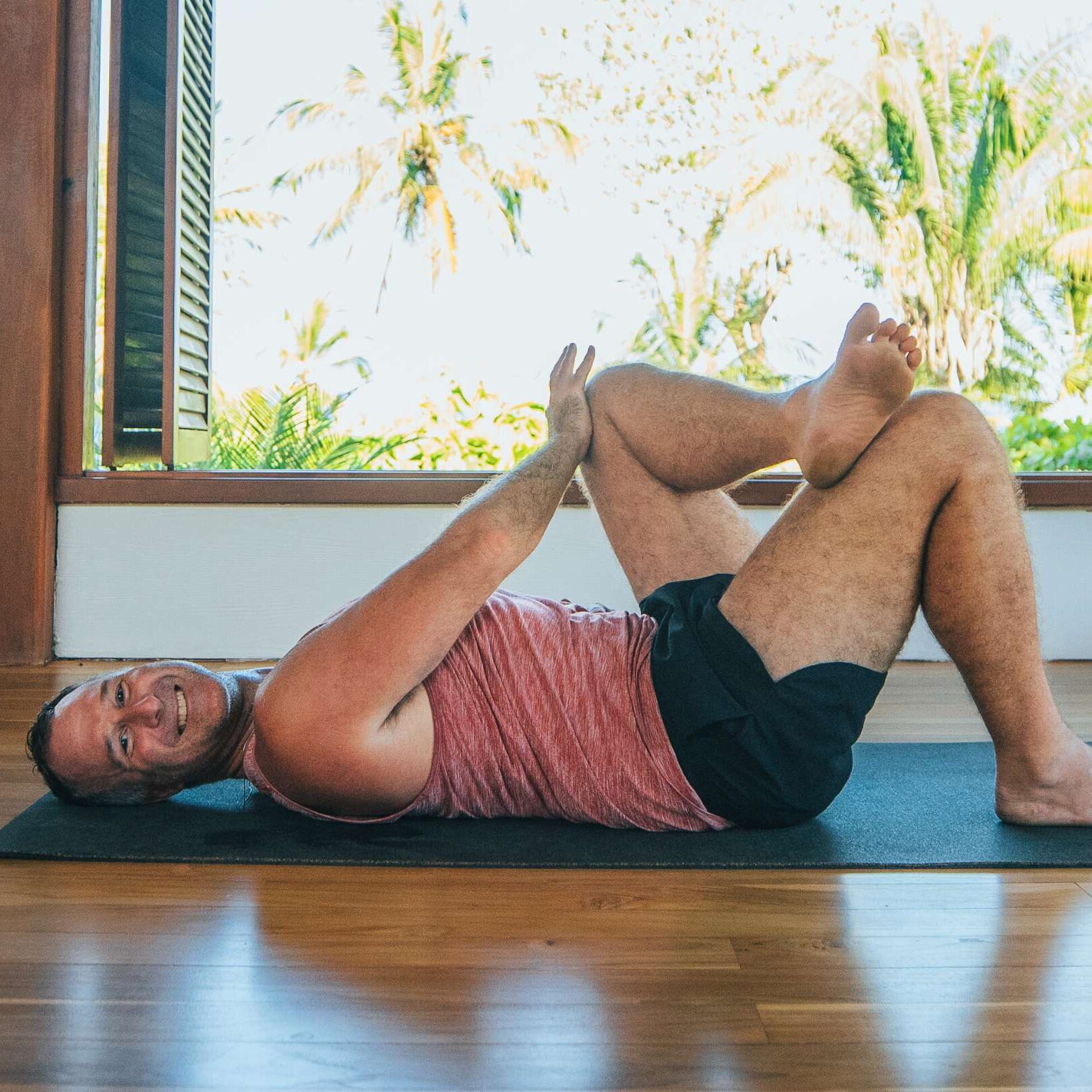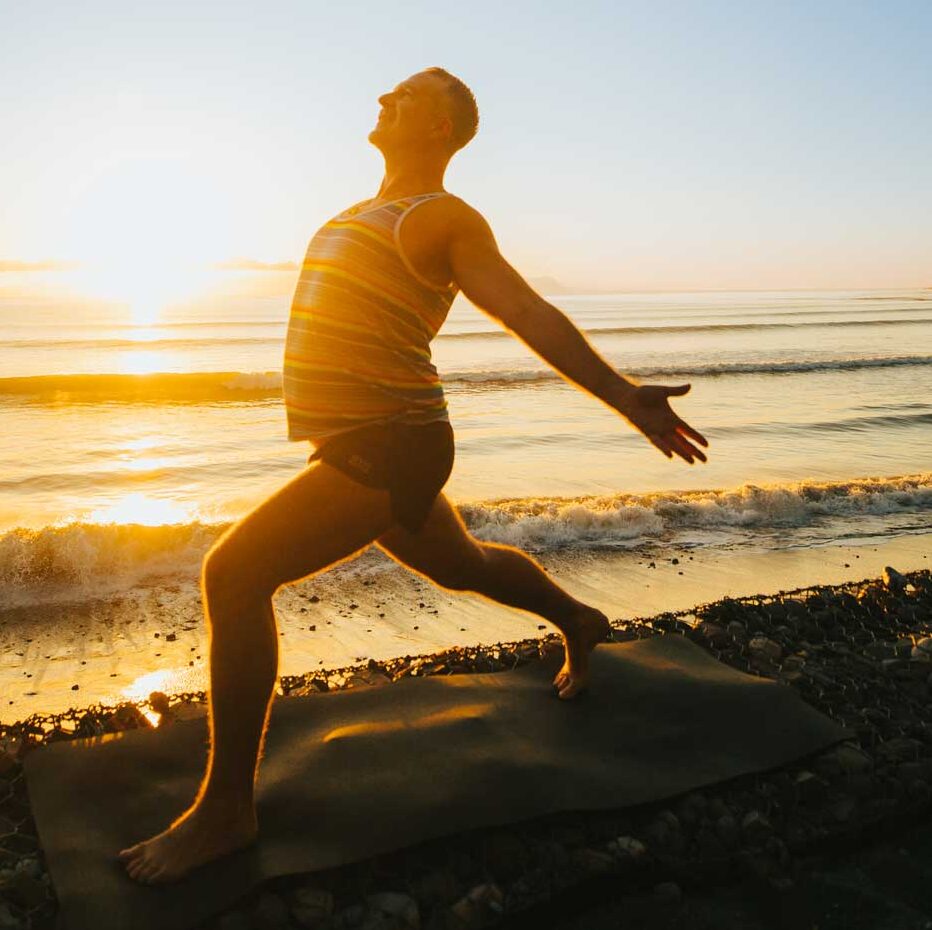Have you ever questioned whether your stretching routine is truly helping—or if it might be doing more harm than good? If so, this article is for you!
We explore the powerful connection between the brain, muscles, and stretching through an eye-opening interview with Katie Burdick, a Colorado Muscle Activation Technique (MAT) teacher. As a key figure in the evolution of Applied Yoga Anatomy & Muscle Activation™ (AYAMA), Katie offers groundbreaking insights that will transform your thinking about flexibility and movement.
In our conversation, Katie explains why passive stretching—relying on external forces to create a stretch—can actually disengage the neuromuscular system, leaving the body more vulnerable to injury. Instead, she emphasizes the importance of actively engaging muscles to address tightness at its root.
I explore this topic further in my podcast, Stop Stretching. Listen to Episode 3 to learn more!
Here’s what you will learn in this article:
- Dynamic vs. Passive Stretching: Know the Difference
- How the Brain and Muscles Communicate
- Why Flexibility Isn’t Everything
- Avoiding the Pitfalls of Overstretching
- How AYAMA Can Help
- Practical Tips for Safe Stretching
Dynamic vs. Passive Stretching: Know the Difference
Not all stretching techniques work the same way. Here’s a breakdown:
- Dynamic Stretching: Involves controlled and active movements that engage the muscles. It also improves range of motion. This type of stretching helps prepare your body for physical activity.
- Passive Stretching: Relies on external force (like gravity or a partner) to stretch the muscles. Excessive passive stretching can sometimes lead to overstretching and decreased muscle stability.
How the Brain and Muscles Communicate
Every movement in your body starts with a message from your brain. When you stretch, your nervous system evaluates the muscle’s capacity to lengthen without compromising stability. If the brain perceives a stretch as unsafe, it triggers protective mechanisms, such as muscle tightness or spasms. Tightness is often the result of chronic muscle tension. This is caused by the brain signaling muscles to contract as a protective mechanism. Stretching alone addresses the symptoms. Not the root cause—much like taking painkillers for a dehydration headache instead of drinking water.
Muscle activation techniques, like those used in AYAMA, optimize this communication. They address the root cause of tightness and ensure that your stretches are both safe and effective.
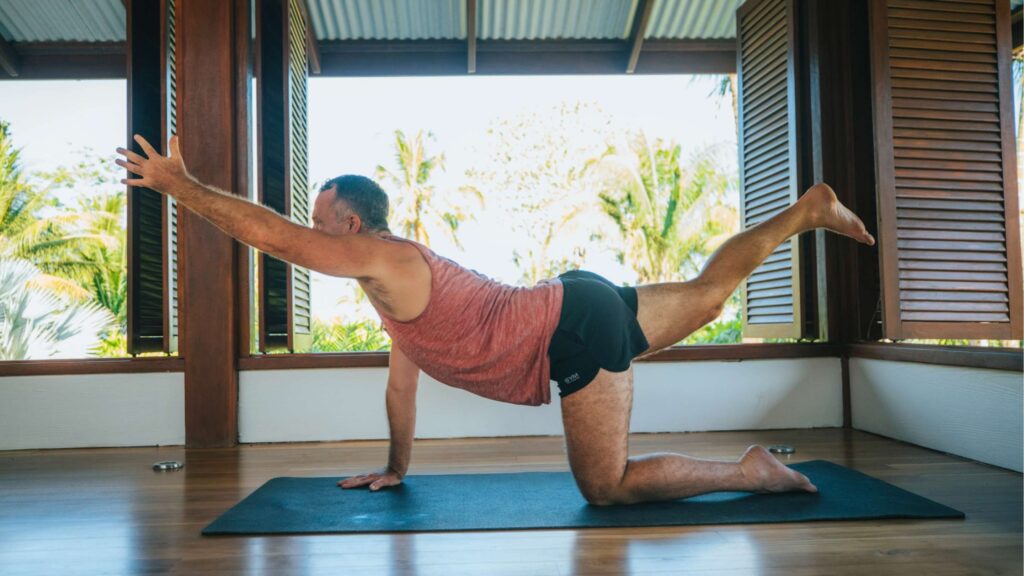
Why Flexibility Isn’t Everything
Contrary to popular belief, being flexible doesn’t guarantee a pain-free or functional body. Overemphasis on flexibility can lead to imbalances and injuries. Instead, focus on:
- Muscle Activation: Engaging muscles before stretching ensures proper support and alignment.
- Functional Strength: Building strength in your range of motion helps you move with ease and stability.
- Balanced Mobility: Prioritizing both mobility and control creates a more resilient body.
Avoiding the Pitfalls of Overstretching
Overstretching can destabilize muscles and create long-term issues. These poses may push the body beyond its safe limits, leading to imbalances or injuries. Prioritizing muscle activation over extreme flexibility helps improve stability. It also reduces the risk of pain or chronic conditions.
How AYAMA Can Help
AYAMA combines the principles of yoga, anatomy, and neuroscience to enhance your overall well-being. Key benefits include:
- Improved muscle coordination and stability
- Safer, more effective stretches
- Reduced chronic pain and enhanced everyday movement
Sherry Sheban, a coach and yoga practitioner, shares her journey. Discover how embracing safe practices like AYAMA helped her clients achieve pain-free movement. Her experience underscores prioritizing muscle activation techniques to build strength and mobility.
Practical Tips for Safe Stretching
- Warm up with dynamic movements before any physical activity.
- Engage your muscles during stretches to maintain stability.
- Avoid pushing through pain; listen to your body’s limits.
- Incorporate muscle activation techniques to support your stretches.
Understanding the science behind stretching transforms the way you approach movement. By integrating these principles into your routine, you can build a strong, pain-free foundation for daily life.
Stay tuned for our next episode. We will continue the conversation. Together, we can flip the script on flexibility and embrace a new way of moving.
